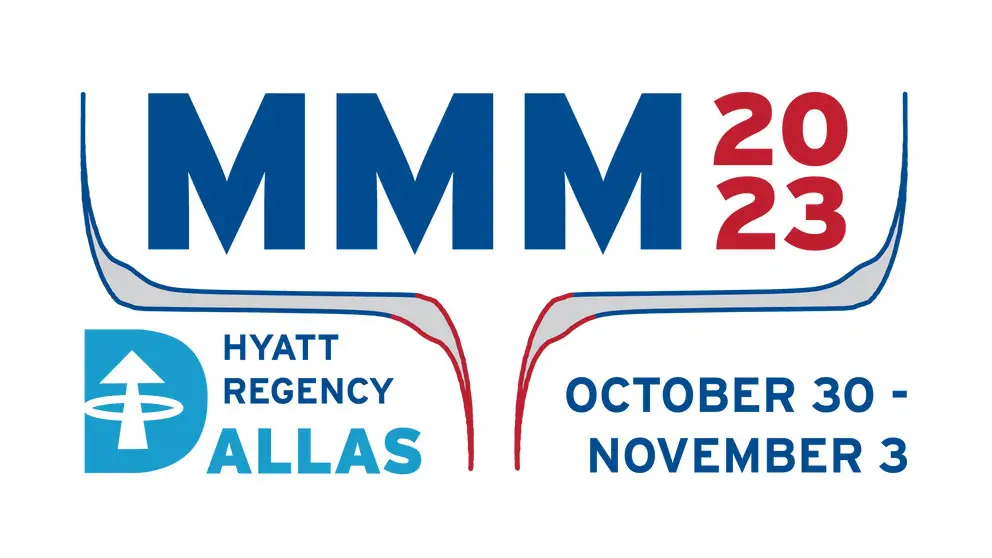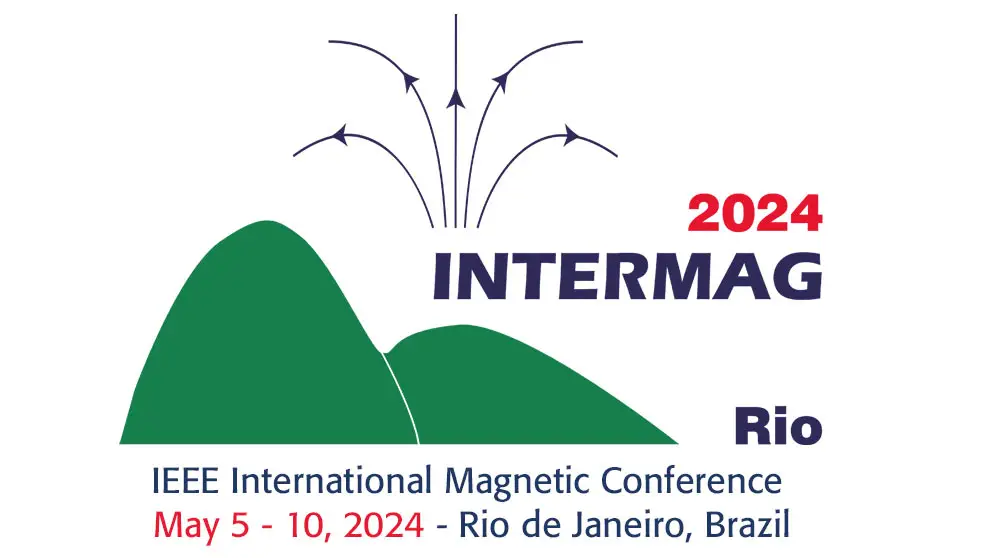FP-03: Modelling of Reservoir Computing in Out-of-Plane Artificial Spin Ice
Jonathan Maes, Aleksandr Kurenkov, Bartel Van Waeyenberge
Poster In-Person
18 Oct 2023
In Reservoir Computing (RC), a temporal input signal is applied to a nonlinear dynamical system (the ‘reservoir’) [1,2]. Its response becomes a nonlinear transformation of the input, upon which a single readout layer can be trained for machine learning purposes. [1,3] Interestingly, many physical systems are highly nonlinear with fading memory, so they can directly be used as a reservoir without further abstraction. [4] RC has already been demonstrated numerically in various in-plane artificial spin ices (ASI). [1,5,6] Here, we study out-of-plane (OOP) ASI as the reservoir, because efficient physical mechanisms for input and readout are expected to be available in such systems. To this end, the software tool “Hotspice” was developed: it simulates thermally active ASI using an Ising approximation with an energy barrier between states. An effective Zeeman energy is used to model an external stimulus that provides input data. Either Néel relaxation theory or Glauber dynamics can be used for time evolution. [7] RC metrics can then be calculated for a given combination of input, ASI, and readout, which can be used to identify suitable input procedures and optimize system parameters. [8] In OOP ASI, neighboring spins prefer anti-parallel alignment, giving rise to two degenerate ground states with net zero magnetization. An external field can not meaningfully distinguish between them, so a more intricate input scheme was needed for RC. We devised an input scheme which moves the domain walls in the system by only a few lattice units per input value, as shown in Figure 1. This procedure creates memory by avoiding avalanches, as evidenced by Figure 2. Currently, work is underway to get RC in thermally active OOP ASI. Such systems could be better suited for RC by using their dynamics to our advantage.References: [1] J. H. Jensen and G. Tufte, Artificial Life Conference Proceedings, p.376-383 (2020) [2] D. Verstraeten, B. Schrauwen, M. D’Haene et al., Neural Networks, Vol. 20, p.391-403 (2007) [3] W. Maass, T. Natschläger and H. Markram, Neural Computation, Vol. 14, p.2531-2560 (2002) [4] G. Tanaka , T. Yamane, J. B. Héroux et al., Neural Networks, Vol. 115, p.100-123 (2019) [5] J. H. Jensen, E. Folven and G. Tufte, Artificial Life Conference Proceedings, p.15-22 (2018) [6] K. Hon, Y. Kuwabiraki, M. Goto et al., Applied Physics Express, Vol. 14, p.033001 (2021) [7] P. A. Flinn and G. M. McManus, Physical Review, Vol. 124, p.54 (1961) [8] J. Love, J. Mulkers, R. Msiska et al., arXiv preprint, arXiv:2108.01512 (2021)


